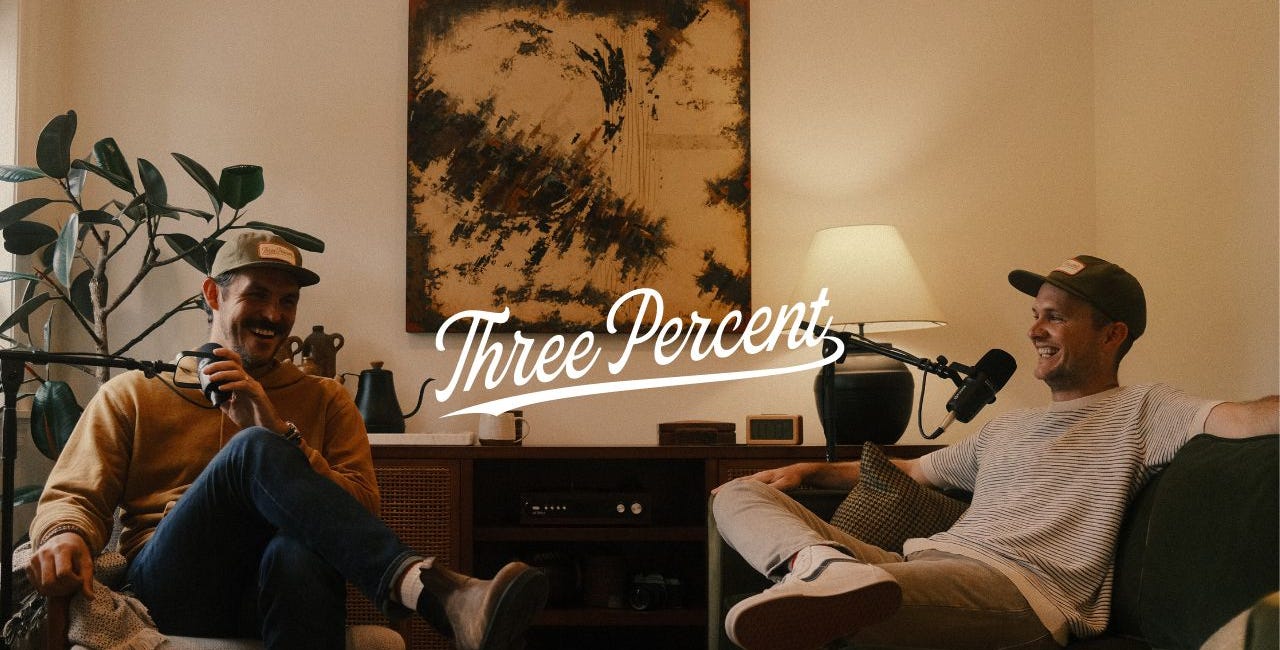“Gonna Catch a Big One: We’re Not... I’m Sorry, What?”
How this famous children's book misses the mark on fear and healing.
I apologize in advance for possibly ruining one of your favorite childhood books.
If you want to keep your memory of the book pure and don’t like when therapists psychoanalyzing everything, maybe just stop reading here.
In all seriousness, I hold no ill will toward Michael Rosen or this classic book. I mainly want to use it as an analogy for what “doing the work” of processing childhood trauma can feel like. And before those of you who might dismiss the idea by saying “I don’t have childhood trauma” click away, just bear with me for a moment. There’s something here for you, too.
I’ll provide an overview along the way, but if you want a refresher on the book, you can watch it being read [here].
The premise of the book centers on a family going on a bear hunt. What an intriguing family outing, right? “Hey gang, let’s trek for miles to find a big, scary animal in the wild. Sounds fun!”
I think it’s not much of a stretch to rephrase that as, “Hey gang, let’s I’m going on a trek for miles to find a big, scary animal in the wild for many therapy sessions to confront the unprocessed wounds in my story that continue to influence my life today. Sounds fun!”
Most of the book encapsulates, in my opinion, a pretty healthy approach to working through our pain:
“We can’t go over it. We can’t go under it. Oh no! We’ve got to go through it.”
Most of us know—even if we dislike it—that the way out is through. We cannot avoid our pain and struggles. I mean technically, you can avoid them, but that justs leads to more pain and struggle.
Throughout the book, the family encounters countless obstacles on their bear hunt:
“Oh no! A RIVER! A deep, cold river. We can't go over it. We can't go under it. Oh no! WE'VE GOT TO GO THROUGH IT!”
“Oh no! MUD! Thick, oozy mud. We can't go over it. We can't go under it. Oh no! WE'VE GOT TO GO THROUGH IT!”
If we pretend that “the bear” in this children’s story represents our pain and trauma, we can see that there are numerous obstacles holding us back from confronting it. Some obstacles we are consciously aware of, while others lie deep in our subconscious, trying to keep us safe. Many of us can go years without realizing that we’re avoiding pain.
Even in my work as a therapist, I frequently encounter obstacles preventing clients from confronting their pain. When we navigate through one obstacle, surprise! There’s another one waiting.
I’ve read this book to my daughter many times at bedtime. She loves hearing us read the “Swishy Swashy” part. One night, while reading, I noticed a line I had read over many times before without giving it much thought: the phrase “We’re not scared” repeats throughout the book.
“We're going on a bear hunt! We're going to catch a big one. What a beautiful day.
WE'RE NOT SCARED.”
As I reflected on this book as a metaphor for how we can often approach engaging with our pain, that line hit me differently.
First off, why shouldn’t we be scared when hunting a bear?? Seems like a normal thing to have a healthy dose of fear toward, but I digress.
How often do we tell ourselves “we’re not scared” when, in reality, we are? How frequently did we hear—either directly or indirectly—that we shouldn’t feel fear? If you share my faith tradition, how often have you heard, “The Bible says ‘Do Not Fear’ 365 times. That’s enough for each day of the year!” (🙄 - that’s a discussion for another time).
We often try to convince ourselves not to be afraid of things that are very valid to have fear about. It’s absolutely valid to feel fear when confronting our emotional and relational wounds.
Some valid fears that can hold us back when confronting pain:
Fear of vulnerability
Fear of the unknown
Fear of facing the hurt from the past
Fear of rejection
Fear of my own feelings that I may not know what to do with
For most of us, these fears aren’t random. There are data points that tell us we should avoid things like vulnerability or the unknown because it led to great harm.
However, if we have safe people and spaces today and we continue to deny ourselves the permission to experience a healthy fear, or we ignore the fear and try harder, we may end up just like this family at the end of the book.
Once they finally encounter the bear, what do you know? They’re terrified! They quickly retrace their steps through all the obstacles they faced, back to their house, where they hide.
They reach the front door, open it, and head up the stairs.
“Oh no! We forgot to shut the door. Back downstairs.”
“Shut the door. Back upstairs. Into the bedroom. Into bed. Under the covers.”
“WE'RE NOT GOING ON A BEAR HUNT AGAIN!”
I’m not a children’s book author (although my dear friend is, and you should definitely go pre-order his new children’s book—this is not a paid promotion; I just love him). I’m not critiquing the book or suggesting it should be banned off the shelves forever.
However, I do wonder how the story would have turned out if they had embraced their exploration and welcomed the both and— the excitement and the fear— rather than denying or ignoring the fear.
Benefits of embracing fear:
Greater self-awareness
Enhanced emotional awareness and resilience
Improved relationships with oneself, God, and others
Increased ability to process pain
I wonder how our explorations could be different if we approached fear with curiosity instead of avoiding it.
I wonder how different things might be if we accepted vulnerability as a form of strength and stopped mistaking ignorant toughness for courage.
When we can recognize our emotions for what they truly are—indicators that something deeper is at play—and honor the ways they attempt to protect us, we might not be so quick to run and hide when we stumble upon “the bear.”
Because, more often than not, the bear is actually the little child within us that just needs care and attention.
With Care,
Blake
Learn more about this newsletter here.
Read more:
BIG ANNOUNCEMENT!
In the fall of 2016, I found myself in treatment for an addiction that had surfaced. Although it had been there all along, I just hadn’t seen it, and it was damaging my relationships. I soon found myself in the basement of a church attending 12-step recovery meetings. Not long after, I met Jamie, who would become my closest friend.
There's an Epidemic Among Men
I work with men, women, and teenage boys, although the majority of my practice is comprised of men in their late 20s to late 40s, most of whom are married with families or dating. While the epidemic I want to address today is certainly not discriminatory—it affects us all—I want to focus on how it specifically pertains to men. The epidemic is loneliness.
To my 17yr. old self who attempted suicide.
Blake,
I experience many emotions when I think about you. I feel grateful that your attempt wasn't successful. I feel angry—not at you, but at the reality of life at that time. And I feel deeply sad. I feel sad for you and with you.
Join the private subscriber chat
If you want insider access to shape future content and connect with other curious minds, join the private subscriber chat to create a trusted circle where we can exchange ideas, share resources, and help each other be more intentional with our relationships and creative practices.











This is good. I’m going to have to sit with this letter and take some time. Appreciate your insights 🙏🏼
Thank you for this. Never connected the two together, but now I will never unsee it. It is a good reminder.